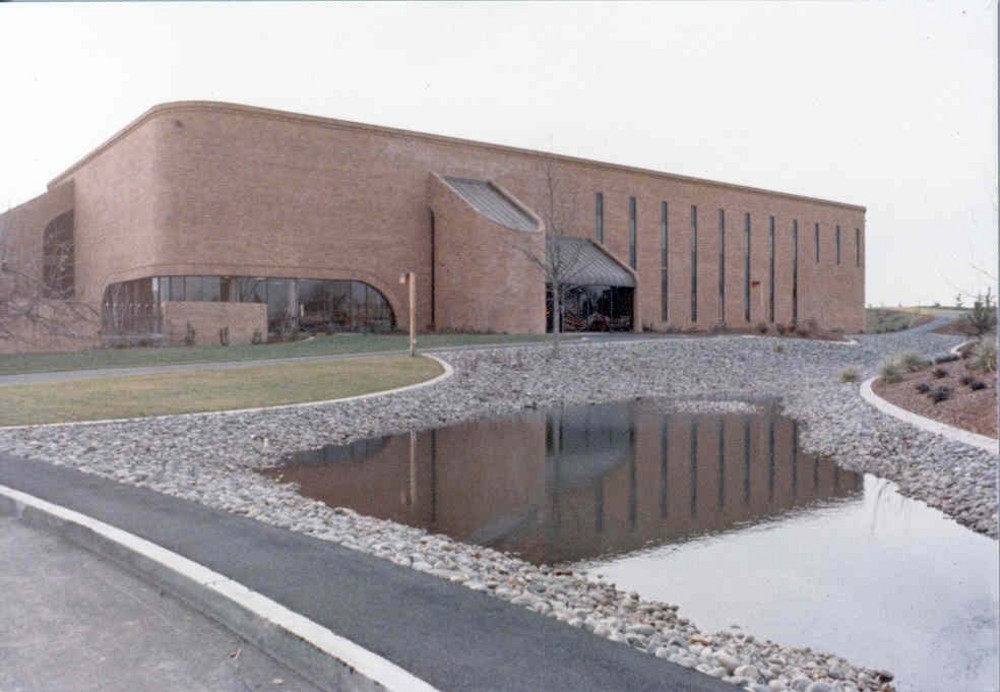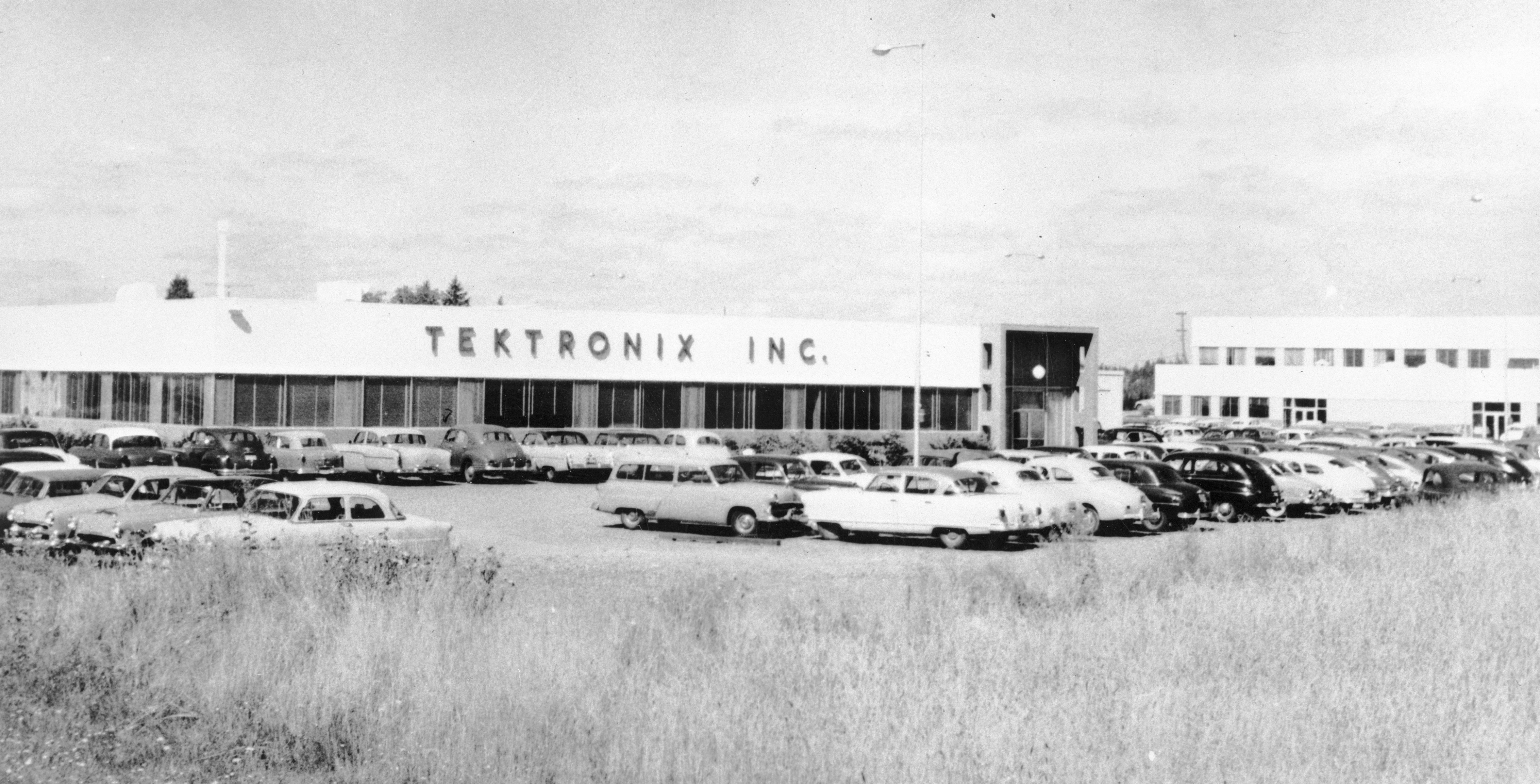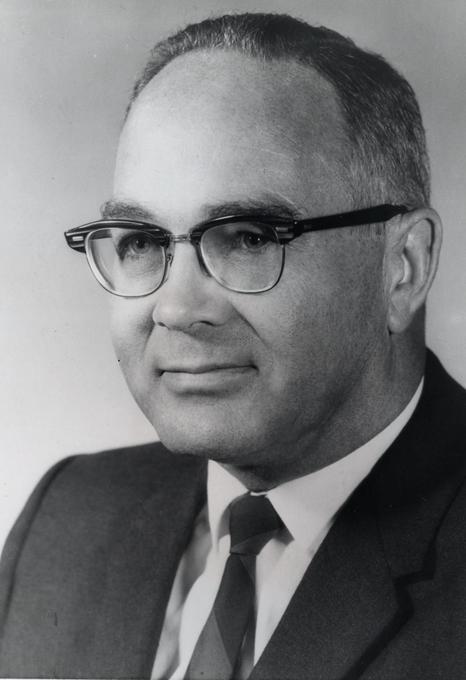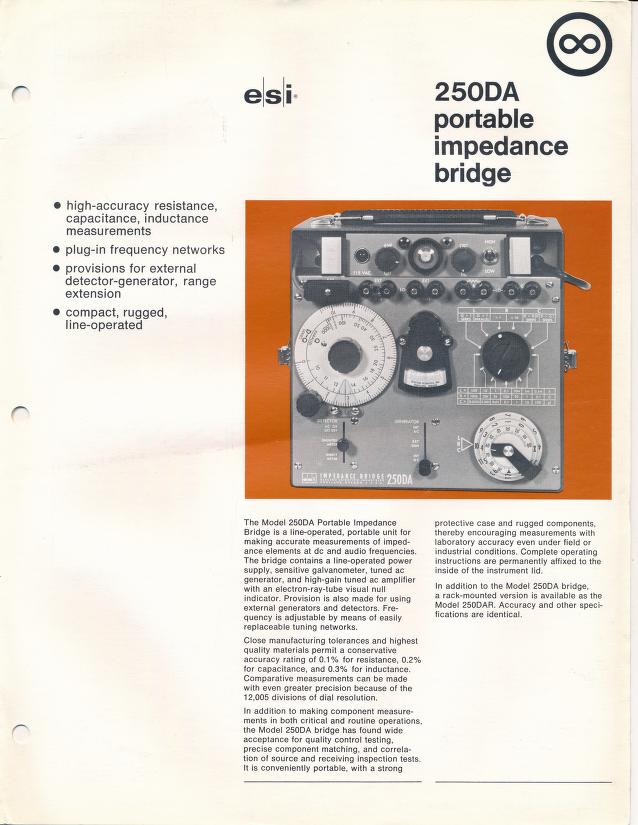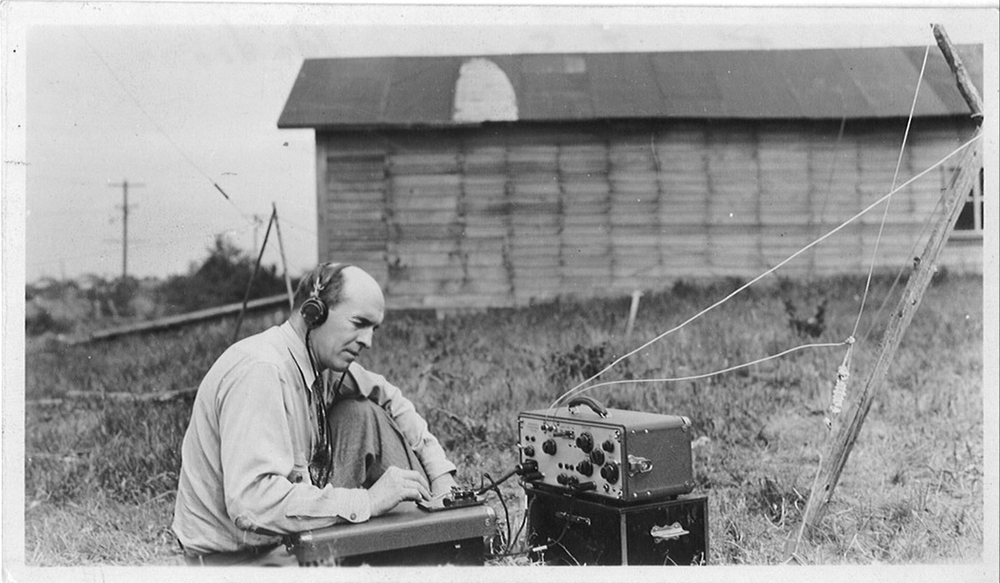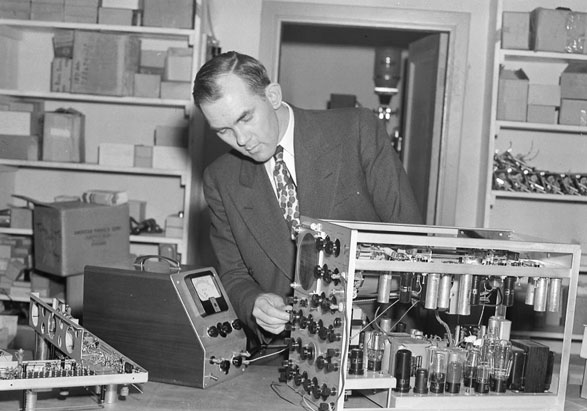The Silicon Forest is the name applied to the cluster of high-technology firms (computer and electronic products) in Washington County. The name echoes that of Silicon Valley, the first successful cluster of such firms in the Bay Area south of San Francisco. The high-technology industry accounted for 19 percent of Oregon's economy in 2005, and the Silicon Forest name has been applied to the industry throughout the state in such places as Corvallis (Benton County), Bend (Deschutes County), and White City (Jackson County). Nevertheless, the name refers primarily to the Portland metropolitan area, where about 1,500 high-tech firms were located as of 2006.
The seeds of the high-technology industry in Oregon were planted in the 1930s with the establishment of the U.S. Forest Service Radio Lab in Portland. With the goal to find ways to communicate effectively with isolated fire lookouts, the lab attracted two inventive young men who would become principals of Oregon's earliest high-tech companies—Douglas Strain (1919-2008) and Howard Vollum (1913-1986). Strain eventually was named CEO of Brown Engineering (founded in 1944), which became Electro-Scientific Industries, a maker of impedance bridges. In 1946, Vollum, a young Reed College graduate, teamed up with Jack Murdock, an appliance store owner, to found Tektronix, which would become the premier manufacturer of oscilloscopes in the world.
Through much of the post-World War II era, Tektronix was Oregon's largest private employer. In the early 1950s, Tek, as it was known, was located in Washington County to take advantage of the well-educated work force in Portland's suburbs. Brown Engineering and Tektronix, and the companies that followed, were the beginning of the development of Washington County along the Sunset Highway west to the coast—the so-called Sunset Corridor and the epicenter of Oregon's high-tech industry.
Three developments of the last half of the twentieth century propelled the growth of the Silicon Forest. First, in 1963, Governor Mark O. Hatfield and Portland civic leaders founded the Oregon Graduate Center (OGC) to create a major hub for education, research and development (R&D), and manufacturing in then-underdeveloped western Washington County. The new institution was to be the locus of a thriving industrial zone populated by young companies attracted by inexpensive land and nearby R&D support. Even with financial help from private sources (including Howard Vollum's own fortune), Tektronix (which gave the land on which the campus stood), and foundations, OGC never achieved the world-class status it aspired to before being absorbed by Oregon Health Sciences University in 2001. Still, the institution did draw many young entrepreneurs, researchers, and students to the region.
Second, by the 1980s, Tektronix's own phenomenal growth began to flag, and many of the bright young scientists, engineers, and executives who had been attracted by the company's promise of unbounded opportunity grew restless. In a phenomenon well known in more mature high-tech centers, the boldest of these former Tek workers spun off companies of their own, sometimes with the help of Tek, sometimes not. Norman Winningstad, for example, founded Floating Point Systems, which designed and manufactured array processors, central processing units that are able to run mathematical operations on multiple data elements simultaneously; and Tom Bruggere started Mentor Graphics, which specialized in a software system for computer-aided engineering.
Third was the opening in 1976 of Intel's first Oregon plant. The world's preeminent maker of silicon chips—computer memory—was attracted by Washington County's inexpensive land and electricity, abundant water, and educated workforce. Over two decades, Intel—expanding worldwide from its home base in Mountain View, California—made Oregon the focus not only of its manufacturing operations but also of its R&D efforts. Subsequently, Intel became Oregon's largest private employer.
A key sub-development coinciding with Intel's arrival in the state was Oregon's abolition of the unitary tax in 1984. The tax was a levy on the worldwide profits of companies operating in Oregon, regardless of whether or not they are headquartered in the state. With no unitary tax, several Japanese firms arrived in Oregon, including Shin-Etsu Handotai (SEH), Nippon Electric Company (NEC), Fujitsu, and Epson. Although some of those firms later left the state, their immediate impact was to attract to Oregon skilled high-tech workers, primary firms, and infrastructural support organizations—materials suppliers, legal and public relations specialists, and the like—which, in turn, attracted other companies. In the Portland metropolitan region between 1988 and the end of the twentieth century, employment in the industry nearly doubled, from about 34,000 to 61,000.
In the early days, the main products of Oregon's Silicon Forest were test and measurement instruments. In the late 1980s and early 1990s, the focus was on product diversification. Since then, the profile of the Silicon Forest has centered on silicon wafer manufacturing, semiconductor design, and display technologies. The Silicon Forest is now one of the most diverse high-technology industry clusters in the nation and an unparalleled asset to the economy of the Portland metropolitan region and the state of Oregon.
-
Intel, inside fabrication lab.
Technicians inside an Intel Oregon fabrication facility. Courtesy of Intel Corporate Affairs
-
![Tecktronix 7834 Storage Oscilloscope, circa 1980.]()
Tektronix oscilloscope, OrHi 105881.
Tecktronix 7834 Storage Oscilloscope, circa 1980. Oreg. Hist. Soc. Research Lib., OrHi 105881
-
![Intel Oregon employees volunteering at an Intel LEGO Robotics State Tournament at Liberty High School in Hillsboro, 2007.]()
Intel robotics event, 2007.
Intel Oregon employees volunteering at an Intel LEGO Robotics State Tournament at Liberty High School in Hillsboro, 2007. Courtesy of Intel Corporate Affairs
-
![]()
Intel's first Oregon fabrication plant in Aloha, 1976.
Courtesy of Intel Corporate Affairs
-
![]()
Intel's Ronler Acres campus, Hillsboro.
Courtesy of Intel Corporate Affairs
-
![Tektronix, Inc.]()
Tektronix, exterior, OrHi 76876.
Tektronix, Inc. Oreg. Hist. Soc. Research Lib., OrHi 76876
Related Entries
-
![Douglas Campbell Strain (1919–2008)]()
Douglas Campbell Strain (1919–2008)
Doug Strain was president and CEO of Electro Scientific Industries (ESI…
-
![Electro Scientific Industries]()
Electro Scientific Industries
Electro Scientific Industries (ESI) was one of the first two electronic…
-
Forest Service Radio Lab
The Forest Service Radio Laboratory (FSRL)—located in Portland from 193…
-
![Howard Vollum (1913–1986)]()
Howard Vollum (1913–1986)
Howard Vollum was a founding partner of Tektronix, an innovative electr…
-
![Intel]()
Intel
Intel Corporation, the world's leading manufacturer of semiconductors (…
-
![Tektronix Inc]()
Tektronix Inc
Tektronix, one of Oregon's most prominent and innovative high-technolog…
Related Historical Records
Map This on the Oregon History WayFinder
The Oregon History Wayfinder is an interactive map that identifies significant places, people, and events in Oregon history.
Further Reading
Cortright, Joseph., "Growing the Silicon Forest." Metroscape (Summer 2000), 7-12.
Dodds, Gordon B., and Craig Wollner. The Silicon Forest. Portland: Oregon Historical Society Press, 1990.
Mayer, Heike. "Taking Root in the Silicon Forest: High-technology Firms as Surrogate Universities in Portland, Oregon." Journal of the American Planning Association 71 (June 2005): 318-34.






